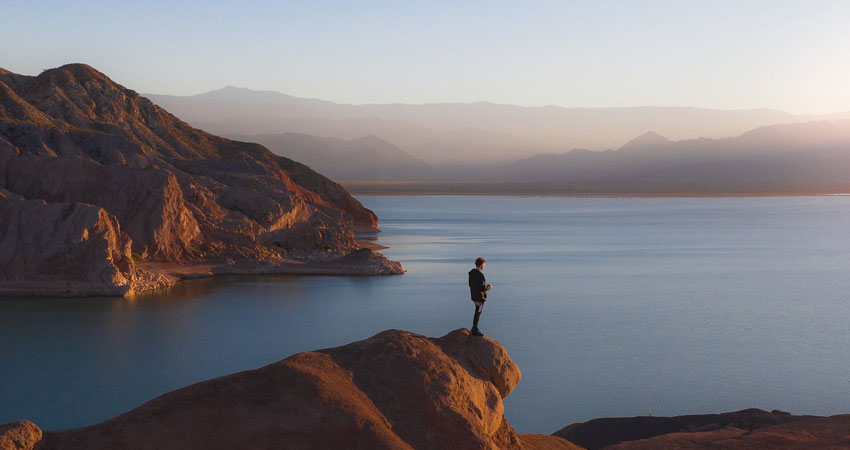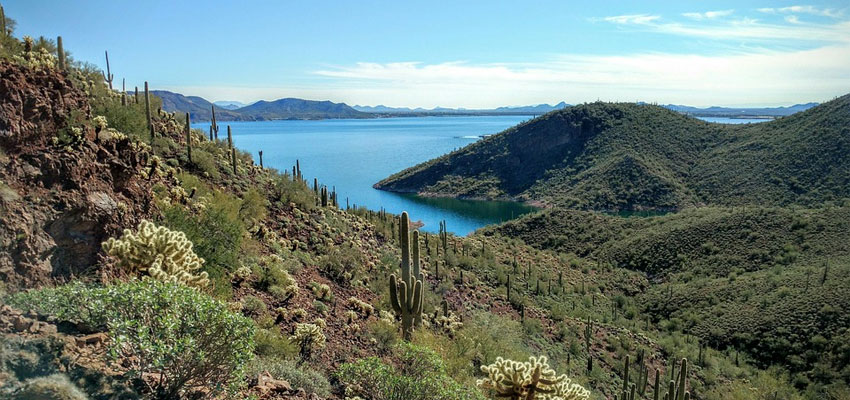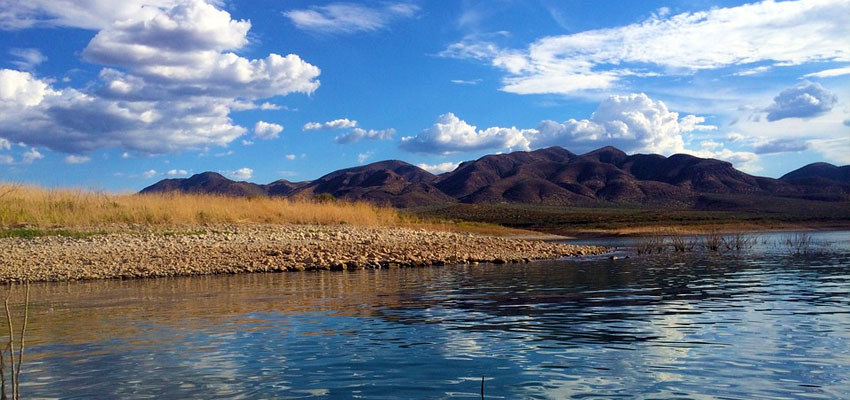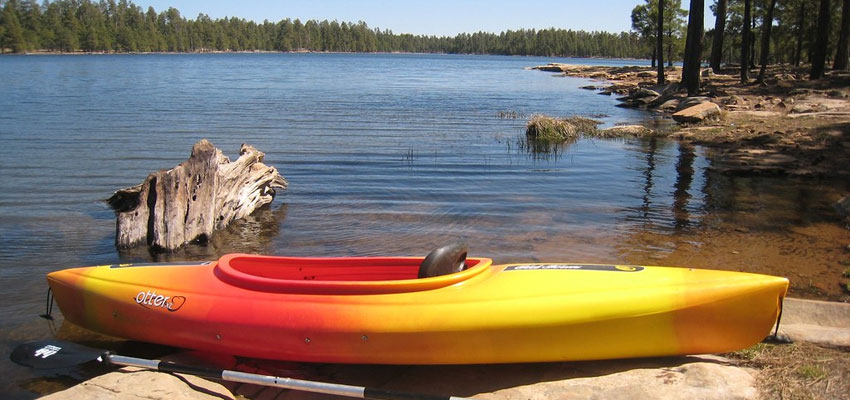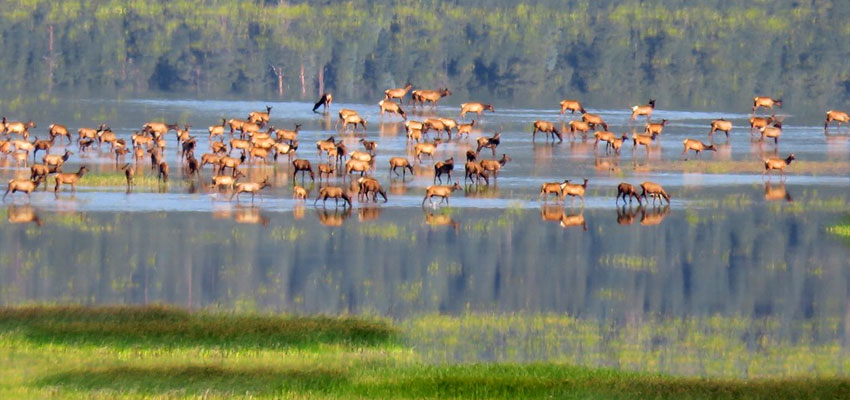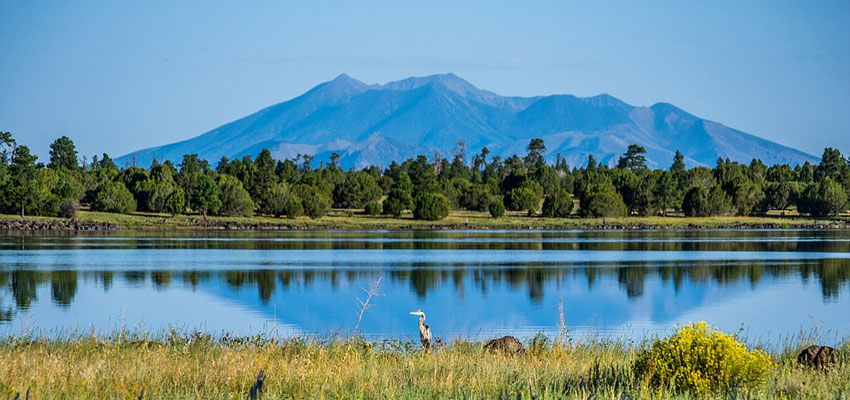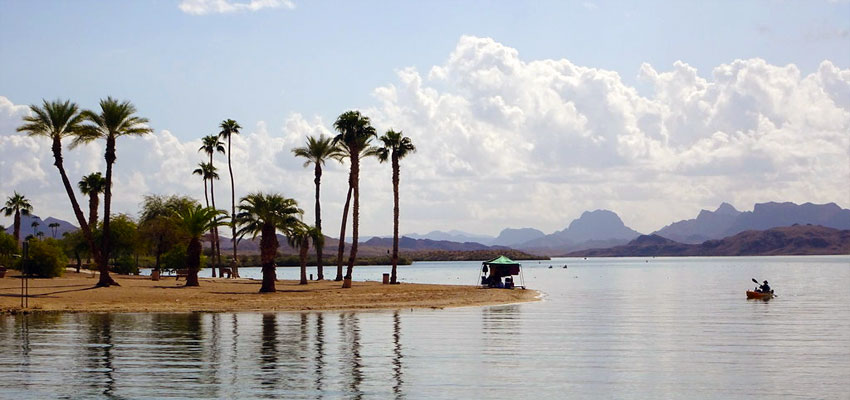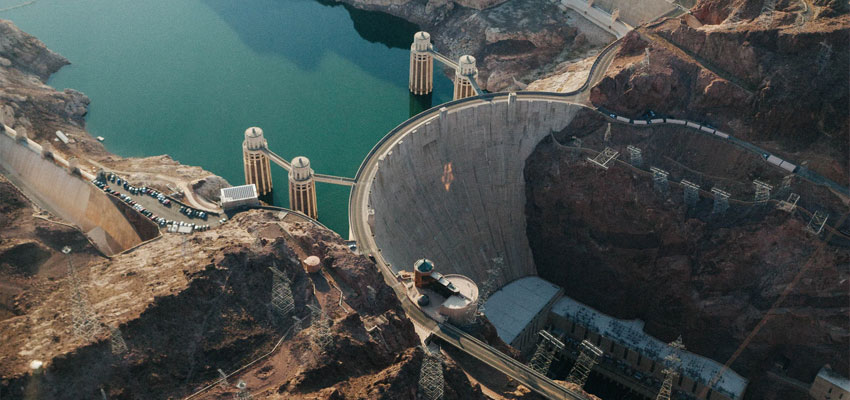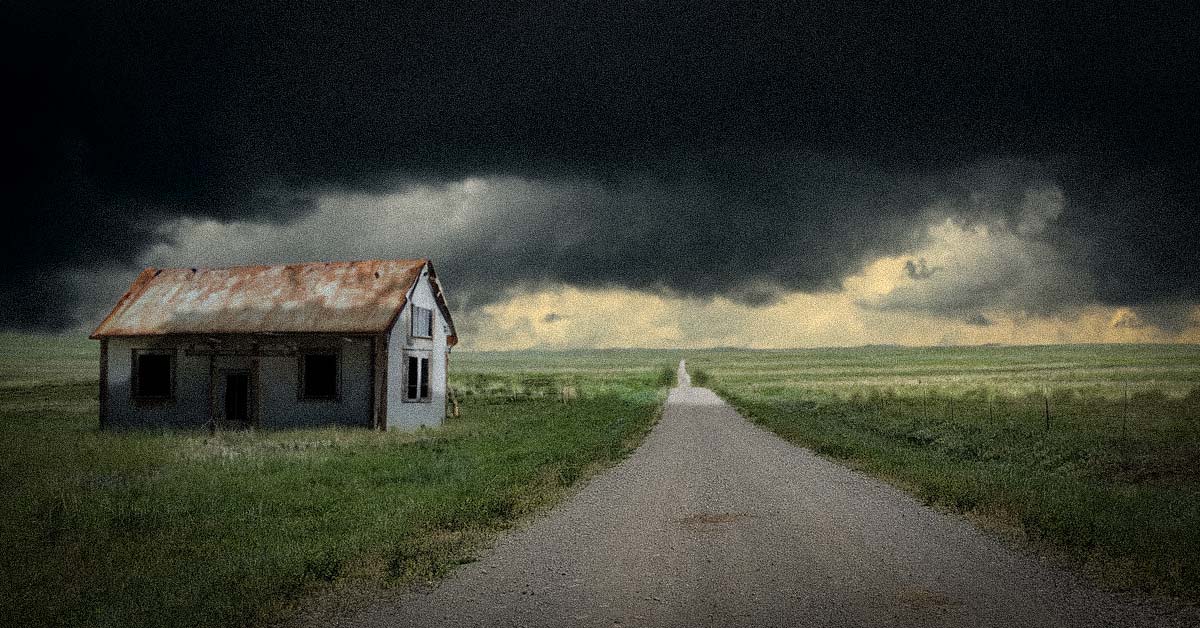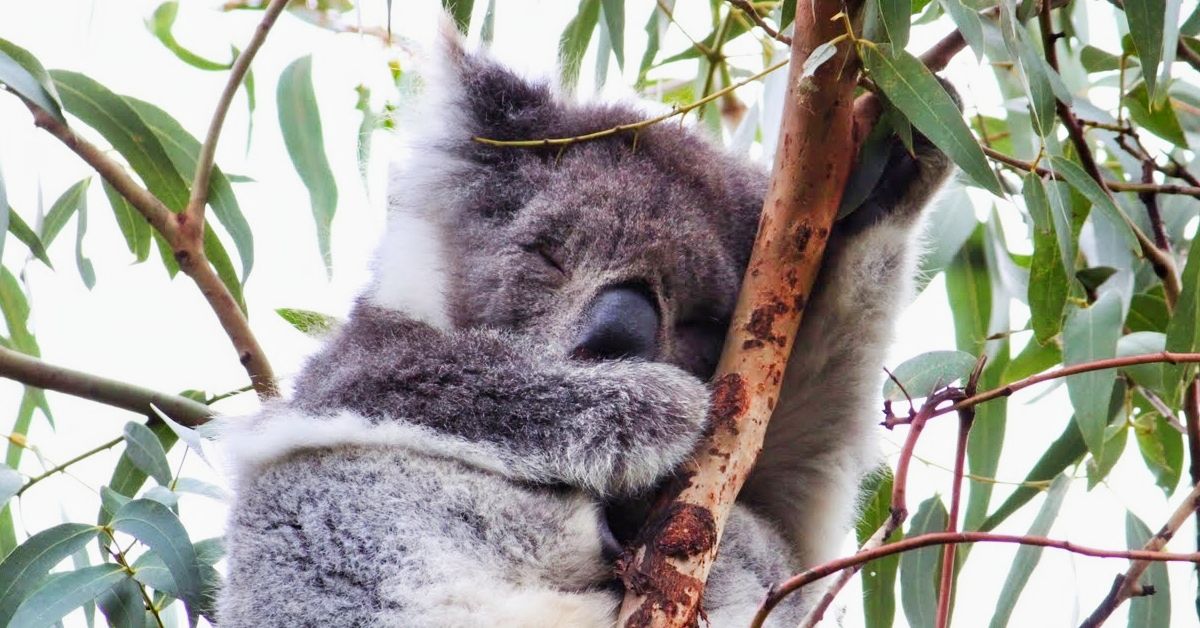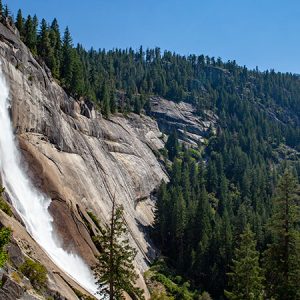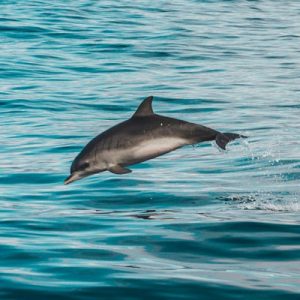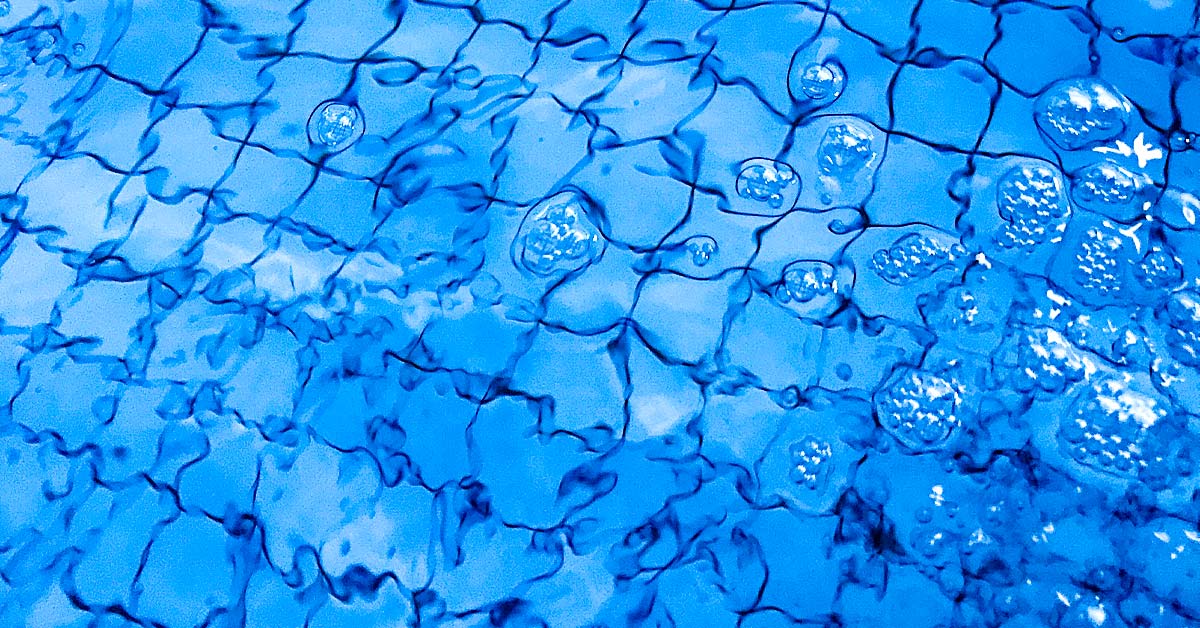The Sonoran Desert, saguaro cactus, and the Grand Canyon. These are normally the first things that you think of when talking about Arizona. Not that the Grand Canyon isn’t a bucket-list-worthy destination, but there are hundreds of gorgeous lakes in Arizona that are worth spending your vacation.
The majority of the lakes in Arizona are manmade; that is, created by building dams on rivers to become reservoirs. They’re built mainly for flood control, source of drinking water, and hydroelectric power generation.
Eventually, they become recreation centers for the locals to enjoy. Whether you’re into boating, water skiing, or simply sunbathing on the shore, there’s a lake in Arizona just for you.
Here are the best lakes in Arizona to get you inspired to plan your next holiday!
Lakes near Phoenix
Phoenix is the capital city of Arizona, located in the central region of the state, within the Sonoran Desert. Aside from the southwest culture, urban sights, and its year-round hot, arid climate, it’s also known for its many outdoor adventures.
Although the usual outdoor activities here are desert- and mountain-related, there are lakes around the Salt River area where Phoenix locals and tourists can enjoy boating, fishing, and other water-related activities.
Here are a couple of notable lakes near the Phoenix area.
1. Lake Pleasant
Known as: The major water sports recreation area in the Phoenix metropolitan area.
Lake Pleasant was originally created when the Carl Pleasant Dam was built on the Agua Fria River in 1927. When the New Waddell Dam was built, it diverted water from the Colorado River to the lake and submerged the old dam.
The lake is within Lake Pleasant Regional Park, which is a major recreational hub covering 23,000 acres of mountainous desert landscape, numerous scenic trails and campgrounds, a dirt racetrack, a glider school, and of course, Lake Pleasant.
Anglers can fish for white bass, largemouth bass, striped bass, flathead catfish, channel catfish, and black crappie.
Water sports enthusiasts can enjoy kayaking, water skiing, jet skiing, windsurfing, and other water sports on this huge lake.
If you’re merely interested in relaxing in a boat and taking in the sights, Lake Pleasant is one of the best boating lakes in Arizona. There are numerous coves to explore, and the sunset views from the water are especially stunning.
After sunset, there are night activities, such as stargazing, night photography, and moonlight scorpion hunting (yes, it’s a thing).
Essential Information
Location: Maricopa County, AZ
Activities: Boating, fishing, scuba diving, wakeboarding, paddleboarding, water skiing, jet skiing, sailing, windsurfing, hiking, biking, picnicking, camping
Main access: Lake Pleasant Regional Park
Nearby services and amenities: Marinas, boat ramp, picnic amenities, shops, restaurants
Where to stay: Campgrounds, RV parks
Nearby places of interest: Maricopa Trail, Hieroglyphic Mountains, Indian Mesa
Best time to visit: March to May, October to November (ideal temperatures, less crowded)
More information:
- Lake Pleasant Regional Park | Maricopa County Parks and Recreation
- Lake Pleasant | Peoria Travel and Tourism
2. Theodore Roosevelt Lake
Known as: Largest lake in Arizona
Theodore Roosevelt Lake, sometimes called Roosevelt Lake or Lake Roosevelt, is a reservoir formed when the Theodore Roosevelt Dam was built on Salt River in 1911, making it one of the oldest artificial reservoirs in Arizona.
It’s the first and largest of 4 Salt River reservoirs created under the Salt River Project, the others being Apache Lake, Canyon Lake, and Saguaro Lake.
Located 80 miles from Phoenix, it is the state’s largest lake that lies entirely within Arizona, with a surface area of 21,493 acres.
Theodore Roosevelt lake is famed for its fishing opportunities, with plenty of sportfish such as largemouth and smallmouth bass, channel catfish, flathead catfish, bluegill, crappie, sunfish, and carp.
You can also explore the many coves and inlets, as well as the many isolated islands where you can also camp.
Wildlife is also abundant here, with mules, white-tailed deer, javelina, coyote, mountain lions, and bobcats frequently appearing in the area.
Birdwatching is yet another popular activity, with Canada geese, bald eagles, osprey, gulls, grebes, cardinals, cactus wrens, and hummingbirds having been spotted in the area. It is also home to the endangered migrant bird willow flycatcher.
Essential Information
Location: Gila County, AZ
Activities: Boating, fishing, swimming, waterskiing, jet skiing, camping, hiking, wildlife watching, birdwatching
Main access: Roosevelt Lake Marina
Nearby services and amenities: Marina, boat launches, picnic amenities, restrooms, restaurants, grocery store, general store
Where to stay: Resort, lodges, cabins, campgrounds, RV parks
Nearby places of interest: Tonto National Forest, Tonto National Monument, Apache Lake, Canyon Lake, Saguaro Lake, Superstition Mountains, Apache Trail, Arizona National Scenic Trail
Best time to visit: April to October (most amenities open)
More information:
Rim Lakes
The “rim” in “Rim Lakes” refers to the Mogollon Rim, a long, steep slope 200 miles long that stretches from Sedona, Arizona to New Mexico. It’s essentially a massive wall cutting Arizona almost in half.
This creates a boundary in terms of habitat, as well as wildlife and vegetation. Below the rim, you can find deserts and grassy valleys, while atop the rim, the temperatures are certainly colder.
The Rim Lakes were created by damming small canyons that drain northward from the Mogollon Rim. They’re not very large, but they make up for it with the gorgeous scenery and abundance of wildlife.
Today, the Rim Lakes are inside the Apache–Sitgreaves National Forests, and the USDA Forest Service maintains the lakes and the facilities around them.
Below are two of the more popular lakes in the area.
3. Woods Canyon Lake
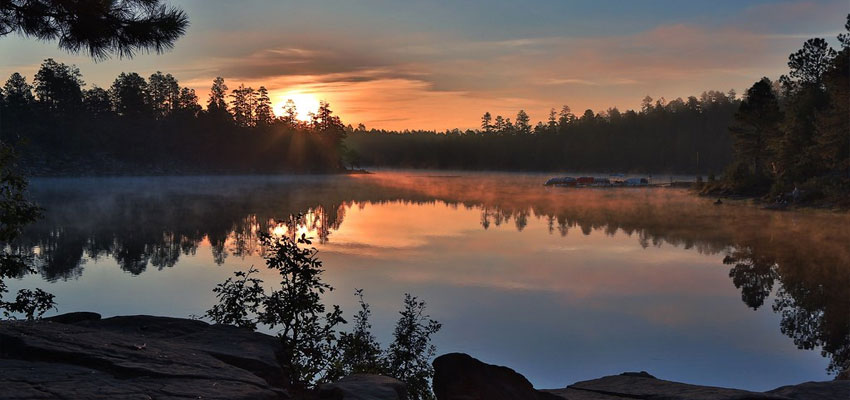
Known as: The most developed of the Rim Lakes
Woods Canyon Lake was formed in 1956 when the Chevelon Creek was impounded by an earthen dam.
With a surface area of 55 acres, Woods Canyon Lake is one of the smallest of the Rim Lakes but is also the most accessible and popular lake in the area.
Woods Canyon Lake is surrounded by a dense forest of Ponderosa pine, Douglas fir, oak, and aspen, and sits at an elevation of 7,000 feet.
Given the magnificent view of the land beneath the rim, hiking around the lake is a popular activity. Look out for the bald eagles, hawks, and osprey that frequently fly around, as well as for wildlife like deer, elk, and sometimes bears.
The lake is also known to be one of the clearest lakes in Arizona, and it remains clear by disallowing swimming and fuel-powered boats. Only non-motorized and electric-powered boats are allowed in this lake.
Anglers generally enjoy fishing here, as the lake is regularly stocked with rainbow trout and tiger trout, and a small population of self-sustaining brown trout, as well as bluegill, can also be found here.
As a popular getaway, you might encounter crowds here especially during the summer. However, the scene remains quite tranquil and rarely gets too boisterous.
Campgrounds and RV parks can be found all along the shoreline, but nearby Payson offers more options for staying overnight.
Essential Information
Location: Coconino County, AZ
Activities: Boating, fishing, kayaking, paddleboarding, hiking, biking, picnicking, birdwatching, wildlife watching, camping
Main access: Woods Canyon Lake Recreation Area
Nearby services and amenities: Boat launches, hiking trails, biking trail, picnic amenities, restrooms, parking area, general store
Where to stay: Campgrounds, RV parks
Nearby places of interest: Rim Lakes Vista Trail, Woods Canyon Lake Trail, Meadow Trail, Willow Springs Lake
Best time to visit: April to October (most amenities are available); July to August (wildflower viewing); March to August (fishing); April to June, September to November (comfortable temperatures)
More information:
- Woods Canyon Lake Area Boating Site | Apache–Sitgreaves National Forests | USDA Forest Service
- Woods Canyon Lake | Peoria Travel and Tourism
4. Willow Springs Lake
Known as: The coldest lake in Arizona
A short drive away from Woods Canyon Lake is Willow Springs Lake.
What’s unique about this lake is that it’s one of the highest altitude lakes in Arizona and it has no permanent inflow of water aside from snow melts, and thus it’s said that the lake is entirely made of snow.
Similar to Woods Canyon Lake, Willow Springs Lake is surrounded by Ponderosa pine, oak, and Douglas fir trees, making hiking around the lake under the pine forest canopy a popular activity.
Also like Woods Canyon Lake, this lake is stocked with rainbow and brown trout in the fall months. Anglers can also catch largemouth and smallmouth bass, as well as bluegill and sunfish.
The surface is frozen solid during the winter months, and ice fishing is another popular activity for visitors here.
Essential Information
Location: Coconino County, AZ
Activities: Boating, fishing, kayaking, paddleboarding, hiking, biking, picnicking, birdwatching, wildlife watching, camping | Winter: ice fishing
Main access: Sinkhole Campground
Nearby services and amenities: Boat ramps, picnic equipment, restrooms, showers,
Where to stay: Campgrounds, cabins
Nearby places of interest: Rim Lakes Vista Trail, Willow Springs Loop Trail
Best time to visit: July to August (wildflower viewing); March to August (fishing); April to June, September to November (comfortable temperatures); December to March (ice fishing)
More information:
Willow Springs Lake Fishing and Boating Site | Apache–Sitgreaves National Forests | USDA Forest Service
Lakes near Flagstaff
Flagstaff is a city in northern Arizona that combines cultural diversity, natural beauty, educational and scientific endeavors, recreational activities, and outdoor adventures in one beautiful area.
Surrounded by Ponderosa pine forest, desert, and mountains, there’s natural beauty no matter where you look and what time of the year you visit here.
In addition, Flagstaff is a stone’s throw away from a few national parks, monuments, and some of the most scenic lakes in Arizona. Here are a few of them.
5. Mormon Lake
Known as: Largest natural lake in Arizona
Sometimes it’s a huge lake, and other times it’s more like a marsh.
Mormon Lake is the largest natural lake in Arizona, but its depth fluctuates wildly with the seasons that its depth goes from 10 feet to 0 feet during dry spells.
When it’s full, though, boating is a popular activity here, although only non-motorized boats are allowed. Kayaking, canoeing, and windsurfing are especially enjoyable with views of pine trees and the San Francisco Peaks in the background.
Anglers can enjoy fishing for trout, northern pike, and catfish, while birdwatchers can expect bald eagles, ospreys, and various migratory birds to fly through the forests.
Hiking in the area is another favorite activity; watch out for elk, deer, or maybe even a black bear.
Essential Information
Location: Coconino County, AZ
Activities: Boating, fishing, kayaking, canoeing, windsurfing, horseback riding, hiking, biking, picnicking, camping | Winter: Snowmobiling, cross-country skiing
Main access: Dairy Springs Campground, Double Springs Campground
Nearby services and amenities: Boat launch, hiking trails, biking trails, picnic amenities, restaurant
Where to stay: Cabins, campgrounds, RV parks
Nearby places of interest: Coconino National Forest, Humphreys Peak, San Francisco Peaks, Wupatki National Monument, Walnut Canyon National Monument, Sunset Crater Volcano National Monument, Arizona Snowbowl, Meteor Crater Natural Landmark
Best time to visit: May to September (fishing, available campgrounds)
More information:
- Mormon Lake | Coconino National Forest | USDA Forest Service
- Mormon Lake | Dream Flagstaff
- Dairy Springs Campground | Coconino National Forest | USDA Forest Service
- Dairy Springs Campground | Recreation.gov (Reservations)
- Double Springs Campground | Coconino National Forest | USDA Forest Service
6. Ashurst Lake
Known for: Holding water even during dry spells
Another of the few natural lakes in Arizona, Ashurst Lake is on the Anderson Mesa, north of Mormon Lake.
In stark contrast to Mormon Lake, the water level in Ashurst Lake doesn’t fluctuate very much, even during long dry spells. This is because it’s being fed by more active, reliable springs that rarely run dry.
Fishing is a popular activity here, with rainbow trout, brook trout, northern pike, bluegill, and channel catfish all available to catch. In fact, this lake often has excessive northern pike, which is the trout’s predator, so tourists are encouraged to catch and remove the large pikes to protect the trout.
Note though that only boats with 10 horsepower and below are allowed on the lake.
Hiking and biking in the trails surrounding Ashurst Lake are also popular activities. You might spot bald eagles, ospreys, hawks, and white-faced ibises flying overhead. You might also encounter wild turkeys, elk, antelope, deer, and sometimes even a black bear.
Essential Information
Location: Coconino County, AZ
Activities: Boating, fishing, kayaking, canoeing, windsurfing, hiking, biking, picnicking, camping
Main access: Ashurst Lake Campground, Forked Pine Campground
Nearby services and amenities: Boat ramps, hiking trail, biking trail, picnic amenities, restrooms
Where to stay: Campgrounds, RV parks
Nearby places of interest: Coconino National Forest, Humphreys Peak, San Francisco Peaks, Wupatki National Monument, Walnut Canyon National Monument, Sunset Crater Volcano National Monument, Arizona Snowbowl, Meteor Crater Natural Landmark
Best time to visit: May through October (fishing)
More information:
- Ashurst Lake | Coconino National Forest | USDA Forest Service
- Ashurst Lake/Forked Pine Campgrounds | Coconino National Forest | USDA Forest Service
- Ashurst Lake | Dream Flagstaff
Colorado River Lakes
“Arizona’s West Coast” is formed not by the Pacific Ocean, but by the Colorado River.
Over 340 miles of the mighty Colorado River separates Arizona from California and Nevada, of which the waters are mostly impounded in huge reservoirs to provide water, hydropower, and recreation to nearby Arizona cities.
Here are a few of the reservoirs in the Colorado River area.
7. Lake Havasu
Known as: The most popular recreational lake in Arizona and the home of London Bridge
Lake Havasu was formed in 1938 when Parker Dam was built on the Colorado River. It’s right on the border between Arizona and California, meaning if you cross the lake from Lake Havasu City, Arizona, you’ll end up in Havasu Lake, San Bernardino, California.
This is the most popular lake in the state; an estimated 1.5 million people visit Lake Havasu City every year. Both locals and tourists come here for recreation and especially for spring break, as this is probably the nearest college students can get to a beach town in landlocked Arizona.
Boating, kayaking, canoeing, and paddleboarding are popular activities on the lake, whether it’s to be able to fish, explore the various coves and inlets along the shoreline, or simply bask in the sun and enjoy the views.
Anglers can fish for sunfish, largemouth bass, smallmouth bass, striped bass, crappie, channel catfish, flathead catfish, and carp.
Lake Havasu isn’t just famous for its recreational activities. It is also the home of London Bridge, one of the most famous bridges in the US.
Yes, that London Bridge that used to cross the River Thames in England.
By the late 1960s, London Bridge was structurally weak from years of vehicles passing over it, and it needed to be replaced. Lake Havasu City founder Robert Paxton McCulloch bid on the old bridge in an auction and he ended up paying around $2.5 million.
The bridge was transported stone by numbered stone from the River Thames and painstakingly reconstructed in Lake Havasu. Today, London Bridge links the mainland to an island on the lake with resorts and marinas.
Essential Information
Location: Mohave County, AZ
Activities: Boating, rafting, kayaking, canoeing, windsurfing, parasailing, water skiing, jet skiing, fishing, swimming, tubing, camping, golfing, off-roading, hiking, biking
Main access: Lake Havasu State Park
Nearby services and amenities: Boat launches, fishing docks, hiking trails, biking trails, skateboard/scooter/BMX complex, restaurants, various stores and shops, swimming beaches, picnic amenities
Where to stay: Resorts, hotels, motels, bed and breakfasts, houseboat rentals, campgrounds, RV parks
Nearby places of interest: Lake Havasu Museum of History, Parker Dam, Havasu National Wildlife Refuge, Cattail Cove State Park, Bill Williams River National Wildlife Refuge, River Island State Park, Buckskin Mountain State Park
Best time to visit: March to mid-October (available activities); November to March (off-season, cheaper accommodation, cooler temperatures, less crowded, but fewer activities available)
More information:
- Lake Havasu State Park | Arizona State Parks
- Lake Havasu City | Go Lake Havasu | Lake Havasu Tourism Bureau
8. Lake Mead
Known as: The largest reservoir in Arizona
While Theodore Roosevelt Lake is the largest reservoir entirely in Arizona, Lake Mead is the largest reservoir in Arizona while some portions of it are out of state, specifically in Nevada.
Lake Mead was formed when the Hoover Dam was completed in 1935. It’s the largest reservoir in the country in terms of water capacity, but it hasn’t been at full capacity since the 1980s.
Boating and fishing are popular activities in this lake, with fish such as largemouth bass, striped bass, crappie, and channel catfish found throughout the lake.
Explorers will have a grand time exploring the many coves and islands in the lake.
There are wreckages of at least two aircraft submerged in the lake, the most notable being a B-29 that crashed in 1948 that is listed on the National Register of Historic Places. You can dive in this spot but you need to book a guided tour with Las Vegas Scuba or Tech Diving Limited.
The ruins of St. Thomas, a town that was evacuated when Hoover Dam was constructed, are sometimes visible when the water level is low enough.
Wildlife watching is also popular here; watch out for foxes, bobcats, deer, Gila monsters, lizards, and other desert creatures.
Hiking is also possible near the lake, but it’s not as popular, as there are few official trails and summer temperatures can be quite unbearable.
Essential Information
Location: Mohave County, AZ
Activities: Boating, fishing, swimming, water skiing, jet skiing, scuba diving
Main access: Temple Bay Marina, South Cove, Pearce Ferry
Nearby services and amenities: Marinas, boat launches, hiking trails, general stores, restaurants
Where to stay: Resorts, hotels, houseboat rentals, campgrounds, RV parks
Nearby places of interest: Lake Mead National Recreation Area, Hoover Dam, Grand Wash Cliffs, Arizona’s Joshua Tree Forest, Mount Wilson Wilderness, Hualapai Indian Reservation
Best time to visit: October and November (ideal air and water temperatures, off-season, less boat traffic)
More information:
Lakes near Tucson
The city of Tucson in southwest Arizona is a historic, multicultural city with plenty of recreational activities and stunning sights to offer.
Tucson dates back to 1775 when a military fort was constructed by Hugo O’Conor, a Spanish military governor. Spanish influences remain in the architecture of a number of their structures to this day.
Located in the vast Sonoran Desert, it was formerly dubbed as “The Sunshine City.” It is home to plenty of museums and historical sites honoring its past, as well as modern amenities and conveniences such as shops and trend-setting restaurants, earning the city a designation of “World City of Gastronomy” by the UNESCO.
There is no shortage of outdoor activities here either, with the surrounding desert and mountains providing a scenic setting. Those who are thirsty for water recreation need only a short drive to access some of the most gorgeous lakes in Arizona.
9. Patagonia Lake
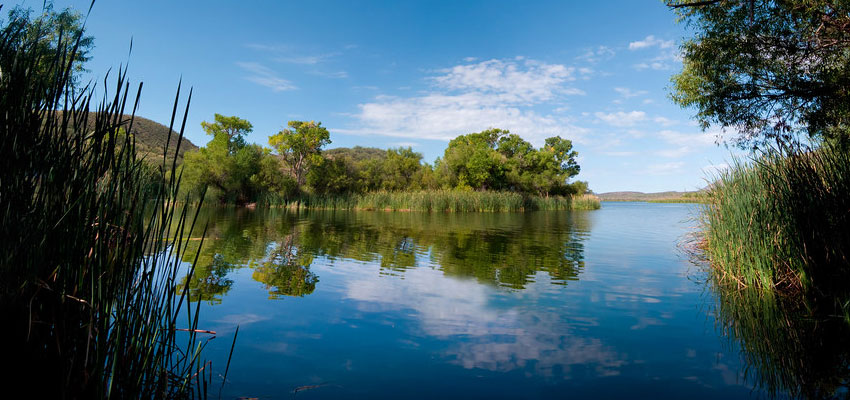
Known as: Tranquil oasis and birdwatcher’s paradise
Patagonia Lake was created in the late 1960s when Sonoita Creek was dammed. Since then, it has been a popular recreational site for both locals and tourists alike.
Despite the summer crowds, the lake remains relatively peaceful, as around two-thirds of the lake is designated as no-wake zones. Those who enjoy exploring at a languid pace will definitely relish the experience.
In fact, personal watercraft such as jet skis are not allowed on the lake, and water skiing is not allowed on weekends and holidays during the peak season.
A variety of fish are available for anglers, such as rainbow trout, channel catfish, largemouth bass, crappie, bluegill, and sunfish.
Birdwatchers come here to see more than 300 species of birds, including the full-time residents of the lake as well as migratory birds. Canyon towhee, Inca dove, vermilion flycatcher, black vulture, and hummingbirds have been sighted in this area.
Essential Information
Location: Santa Cruz County, AZ
Activities: Boating, kayaking, canoeing, fishing, swimming, hiking, horseback riding, picnicking, camping
Main access: Patagonia Lake State Park
Nearby services and amenities: Marina, boat ramps, swimming beach, picnic amenities, hiking trail, general store and market, showers, restrooms
Where to stay: Cabins, campgrounds, RV parks
Nearby places of interest: Sonoita Creek State Natural Area, Patagonia-Sonoita Creek Preserve, Mount Lemmon Scenic Byway, Colossal Cave Mountain Park, Saguaro National Park, Catalina State Park, Sabino Canyon, Madera Canyon
Best time to visit: October to March (fishing); December to March (birdwatching); March to June, September to November (ideal air temperature; off-season, less crowded)
More information:
10. Rose Canyon Lake
Known as: Arizona’s hidden gem
The breathtaking Rose Canyon Lake is located near the base of Mount Lemmon in the Santa Catalina Mountains, within the Coronado National Forest.
It’s not as famous as the other lakes on this list perhaps because the usual lake activities such as boating and swimming are not allowed.
But it’s for a good reason: the lake is small, covering only around 6 acres, making it one of the smallest lakes in Arizona. It is thus ecologically fragile; too much activity might upset the delicate balance of wildlife and vegetation and damage the lake.
The result is a peaceful, almost mirror-like lake reflecting the tall pine trees on its shoreline as well as the surrounding mountains.
Fishing for stocked trout is allowed from the shore, as well as picnicking and camping.
Hiking and wildlife watching are also favorite activities here, with trees providing cover on the trails around the lake.
Essential Information
Location: Pima County, AZ
Activities: Fishing, hiking, picnicking, camping
Main access: Rose Canyon Campground
Nearby services and amenities: Hiking trail, picnic amenities, general store, restrooms
Where to stay: Campground, RV park
Nearby places of interest: Coronado National Forest, Molino Basin Trail, Hutch’s Pool, Mount Lemmon Scenic Byway, Sabino Canyon, Butterfly Peak Natural Area, Santa Catalina Natural Area, Catalina State Park
Best time to visit: April to October (Rose Canyon Campground closed outside of these months)
More information:
- Rose Canyon Lake | Coronado National Forest | USDA Forest Service
- Rose Canyon Campground | Coronado National Forest | USDA Forest Service
- Rose Canyon Campground | Recreation.gov (Reservations)
Start planning a getaway to one of these lakes in Arizona today!
Now that you know that Arizona isn’t just a hot, dry landscape and there are actually plenty of water-related activities that you can do here, I hope you keep these lakes in Arizona in mind when you plan your next holiday!
Other Things to do in Arizona
There is no shortage of things to do in Arizona! Check out our other articles:
- Camping and sightseeing in Grand Canyon National Park
- Exploring Jerome, Arizona, America’s largest haunted ghost town
- Driving through Monument Valley
Which one of these lakes in Arizona are you excited about? Did I miss a lake that should have been on this list? Tell us in the comments below!

